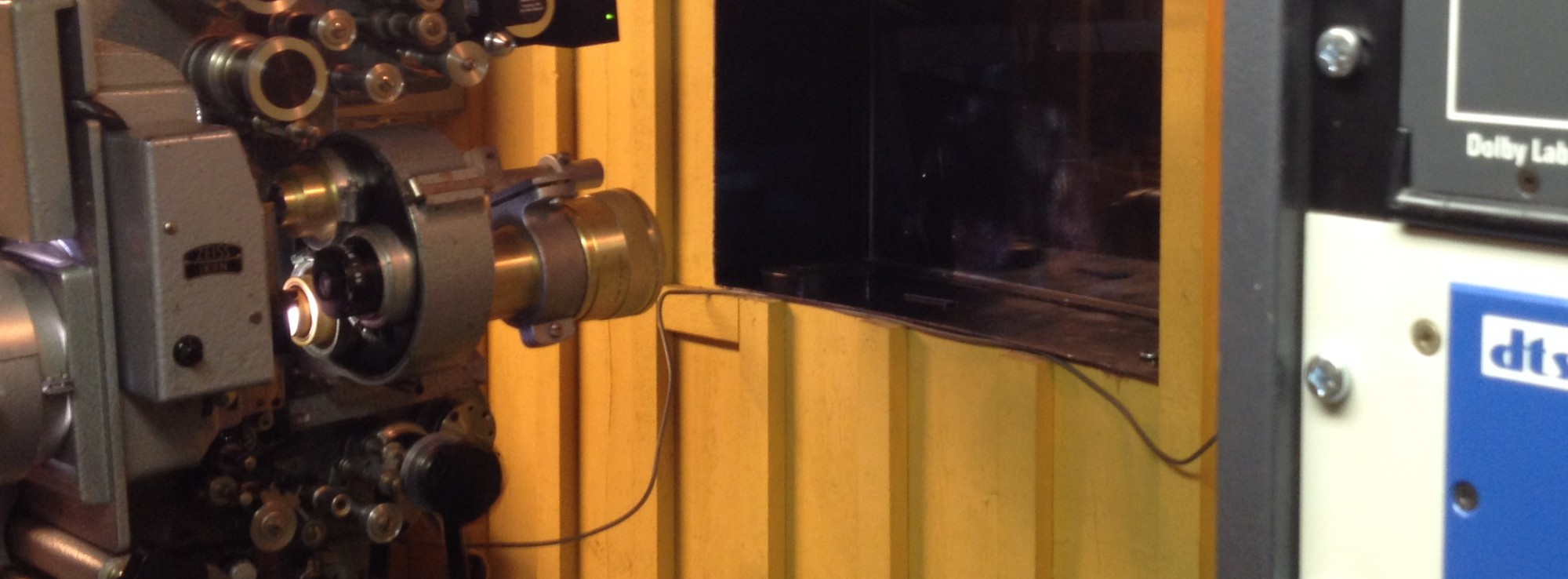(If you’re not into Linux and don’t know what “Wayland” is, I’d suggest you to skip this post.)
I’ve bought a new laptop to replace my aging Dell XPS 15, a Lenovo ThinkPad X1 Carbon Gen 9. The XPS is good, make no mistake about it, but I wanted something lighter with a better battery life on Linux, and the X1 Carbon fit the bill. I also went full Linux this time. No Windows partition this time, just the latest Ubuntu, even though I’ve been trying out different desktops because I want Wayland rather than X11, and Cinnamon is not moving to Wayland anytime soon.
A few obstacles:
The Lenovo customer support is atrocious. My 4k screen was delivered with the standard black lid rather than the carbon fiber woven one, which does seem like a very minor complaint, and initially I treated it like one. Lenovo did the same. First no-one wanted to take responsibility, then I was told I was wrong because a screenshot of the current state of the Lenovo web shop suggested otherwise, and finally I was sent back and forth between sales and support, and this is where I am right now. They’ll get back to me really soon now, I’m sure.
The new Intel graphics chip is not well supported on Linux. It lags behind, with a characteristic wait-what-did-he-just-click-on half a second when deciding to use the touchpad. A mouse connected through a dock doesn’t have this problem.
Gnome 40 (which I installed through a PPA since Ubuntu 21.04 doesn’t include it) is just too different. I like the gestures, and the Wayland implementation actually feels like it’s getting somewhere, but the PPA is buggy and the DE is just too different.
KDE 5.22 on Wayland (installed through a backport PPA) is very cool but XWayland doesn’t seem to scale properly if your laptop is HiDPI, which mine is, so anything rendered through it is blurry if scaled. Non-scaled output is great, though. KDE 5.22 on X11 does look good, though, and I am thinking about moving back to KDE again.
Cinnamon looks great on X11, of course, but there is no Wayland. Also, there is that weird lag.
I guess 2021 won’t be the year of the Linux desktop either.
